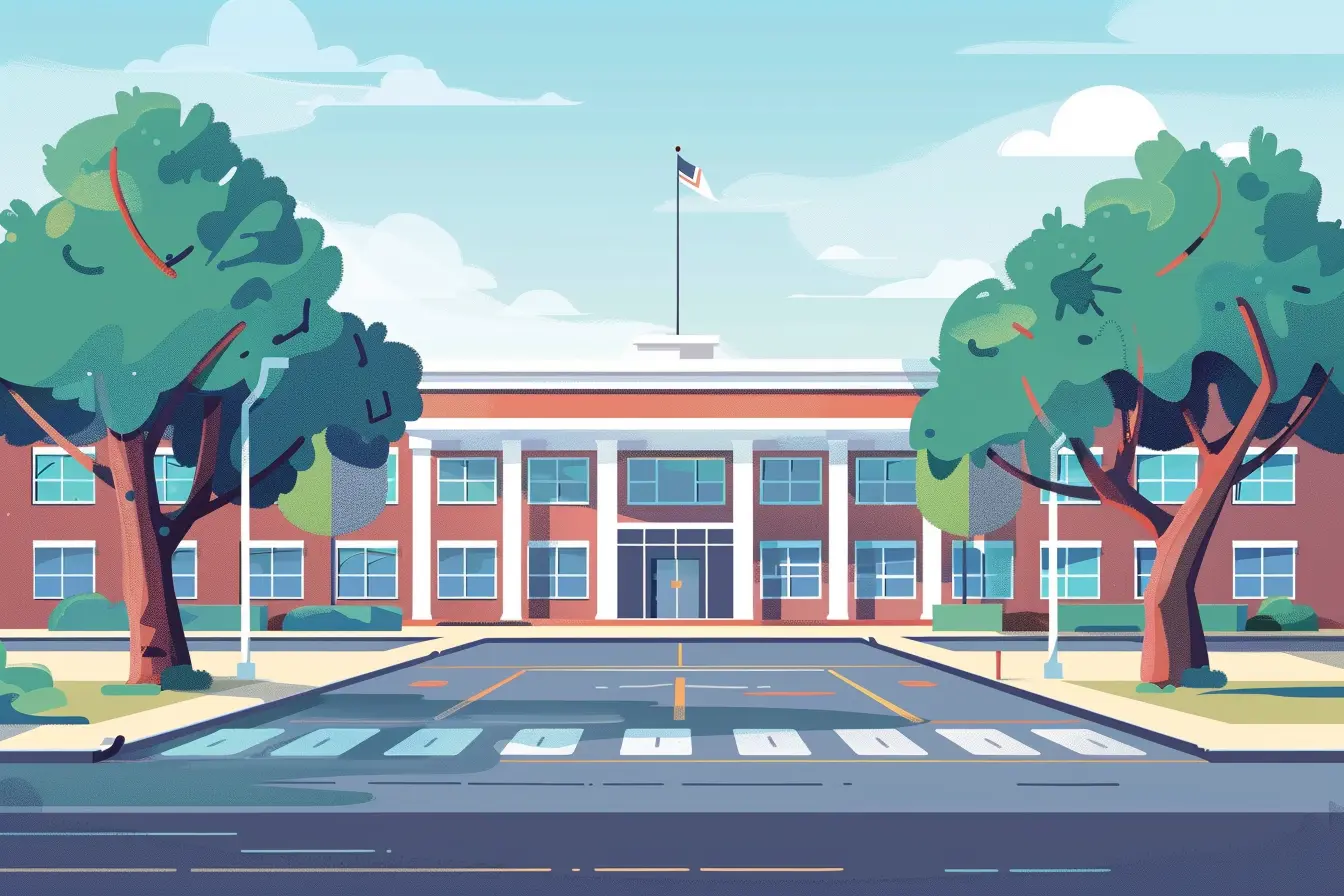Leveraging and Communicating with Schools for Disaster Recovery and Rebuilding

Schools are vital community institutions that can provide significant support to homeowners recovering from a disaster. Beyond their primary role in education, schools often serve as community hubs offering a variety of resources and services.
Here’s a detailed guide on how homeowners can leverage and communicate with schools during the recovery and rebuilding process, including specific examples of how schools can help and why these resources are invaluable.
1. Schools as Community Resource Hubs
Why Schools Are Important
Schools are equipped with facilities and staff that can be repurposed to support disaster recovery efforts. They are trusted institutions within the community and often have established networks with local government agencies, nonprofits, and other organizations.
How Schools Can Help
Emergency Shelter: Schools often serve as emergency shelters during disasters, providing a safe place for families who have lost their homes.
Distribution Centers: Schools can become central points for distributing food, water, clothing, and other essential supplies.
Information Centers: Schools can provide critical information about recovery resources, assistance programs, and community meetings.
Example
Why to Use: Schools have large spaces, such as gyms and auditoriums, that can accommodate many people and supplies.
How to Use: Contact the school administration to find out if the school is being used as a shelter or distribution center and participate in their organized efforts.

2. Support for Families and Children
Educational Continuity
Temporary Classrooms: If the disaster has impacted school buildings, temporary classrooms or alternate locations can be arranged to ensure that children’s education continues uninterrupted.
Online Learning: Schools can facilitate online learning platforms for students who cannot physically attend classes due to the disaster.
Emotional and Psychological Support
Counseling Services: Schools often provide counseling services for students and families to help cope with the emotional aftermath of a disaster.
Support Groups: Schools can organize support groups for children and parents to share their experiences and receive peer support.
Example
Why to Use: Maintaining educational routines helps provide a sense of normalcy for children, which is crucial for their emotional well-being.
How to Use: Communicate with school counselors and administrators to understand the available support services and how to access them.
3. Community Engagement and Volunteering
Organizing Community Efforts
Volunteer Coordination: Schools can coordinate volunteer efforts among parents, teachers, and students to assist with community recovery activities such as Debris Removal and rebuilding.
Fundraising Events: Schools can organize fundraising events to support affected families and recovery projects within the community.
Example
Why to Use: Schools have established communication channels with a large portion of the community, making them effective for organizing and disseminating information about volunteer opportunities.
How to Use: Participate in school-organized volunteer activities or suggest new initiatives to the school administration to address specific community needs.

4. Utilizing School Facilities
Community Meetings
Meeting Spaces: Schools can provide spaces for community meetings to discuss recovery plans, share information, and coordinate efforts.
Workshops and Training: Schools can host workshops and training sessions on topics such as disaster preparedness, rebuilding techniques, and financial management post-disaster.
Example
Why to Use: Schools often have the necessary infrastructure, such as auditoriums and classrooms, to accommodate large gatherings and educational sessions.
How to Use: Collaborate with school administrators to schedule and organize community meetings and workshops.
5. Communication Strategies
Establishing Communication Channels
Email and Newsletters: Use school email lists and newsletters to disseminate information about recovery efforts and available resources.
Social Media and Websites: Schools can use their social media platforms and websites to provide updates and information to the broader community.
Example
Why to Use: Schools already have established communication channels with parents and students, ensuring that important information reaches a wide audience quickly.
How to Use: Subscribe to school newsletters, follow school social media accounts, and regularly check the school’s website for updates and announcements.

6. Accessing School-Based Services
Basic Needs and Supplies
Food Programs: Schools may offer meal programs for affected families, ensuring that children receive nutritious meals even if their homes are compromised.
Clothing and Supplies: Schools can organize drives to collect and distribute clothing, school supplies, and other essential items to families in need.
Example
Why to Use: Schools are trusted and accessible locations where families can receive essential services without additional barriers.
How to Use: Contact the school administration or check school communications to find out about available programs and how to participate.
7. Engaging with School Administration and Staff
Building Relationships
Regular Communication: Establish and maintain regular communication with school administrators, teachers, and counselors to stay informed about available resources and support.
Feedback and Suggestions: Provide feedback and suggestions to the school on how they can better support the community during the recovery process.
Example
Why to Use: Building strong relationships with school staff ensures that you stay informed and can effectively advocate for the needs of your family and community.
How to Use: Attend parent-teacher meetings, participate in school events, and engage in open dialogue with school staff.
Wrap-Up
Leveraging and communicating with schools is a strategic approach for homeowners recovering from a disaster. Schools offer a wide range of resources and support services that can significantly aid in the recovery and rebuilding process.
By understanding how to use these resources effectively, homeowners can ensure that they and their families receive the help they need to rebuild their lives and restore their communities.